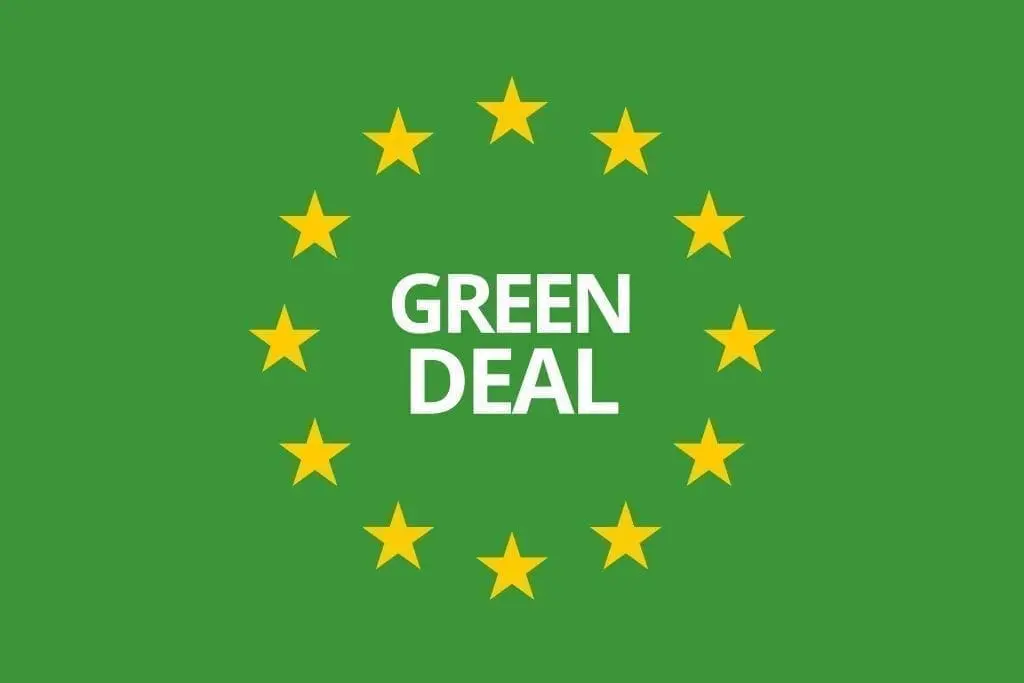Towards a New Age of Sustainability
In terms of global crises, 2020 was a year like no other. In addition to the trade war and the technological shifts happening worldwide in the automotive and the energy sectors, there was also the first ever shutdown of the global economy amid the COVID-19 pandemic. Together, these phenomena caused several disruptions throughout the global supply chain and led to a recession of 4.4% of global GDP and around 8.3% in the Euro zone. However, thanks to the coordinated response of the European Union and the dynamism of Global industry, we’ve been able to balance part of these losses. As a result, the general consensus is that in 2021, EU GDP will see a 5% growth – per IMF forecast.

Despite these crises, 2020 was also a year of awareness. Governments worldwide made strong commitments to address such global challenges as health and climate change. In Europe, the Commission released its Green Deal, a full set of sustainable directives, that align with the Paris Agreement on Climate Change’s goal to become carbon-neutral by 2050. To achieve these goals, the Commission has allocated at least EUR 1 trillion towards the Green Deal for the 2020-2030 funding period. It has also published several related directives, including on the Circular economy, Biodiversity, and the Farm to Fork strategy for agriculture to name only a few.
Perhaps the most discussed directive is the one on the hydrogen ecosystem, which was released in July 2020. We estimate that the hydrogen market and by-markets could open the door to substantial disruptions and new opportunities. For example, the directive will likely spur the development of new technologies and infrastructures in such key areas as energy (solar, wind, biomass, biofuels, geothermal), transportation (buses, trucks, trains, aviation, cars), chemicals, electrolysers and other power systems, fuelling stations, heating solutions, storage and logistics (pipes used to transport energy, etc.). Many of these areas have a direct impact on some of stainless steels’ core sectors, including industrial and building materials, engineering, and metal goods, not only here in the EU, but around the world too.
Amid this buoyant ecosystem, the European Commission aims to build a pan-European hydrogen organisation that will enable EU industries to become leaders in the hydrogen innovation supply-chains. To support this lofty ambition, the EU has allocated EUR 750 billion to its H2 plan, which will be distributed via a mix of grants and loans to Member States from now on, to 2026.
The initiative’s total impact will, however, be much greater (up to threefold) when one also considers the role of private investments. Although the key elements of this investment agenda are just now being released, some national announcements have already been made. This includes EUR 7.2 billion in France and EUR 9 billion in Germany.
What this all makes clear is that the hydrogen industry stands to benefit from significant support. As a result, the on-going development of green assets and the scaling of green mobility could lead to a better-than-expected recovery for some industries, ensuring a solid foundation for developing new businesses.
As a stainless steel producer, Aperam looks forward to tackling the challenges ahead and to leveraging the many opportunities that the Green Deal create. In doing so, we will help usher in a new age of sustainability for all.
By Cristina Marques, Head of Market Insights


 2,23%
2,23%